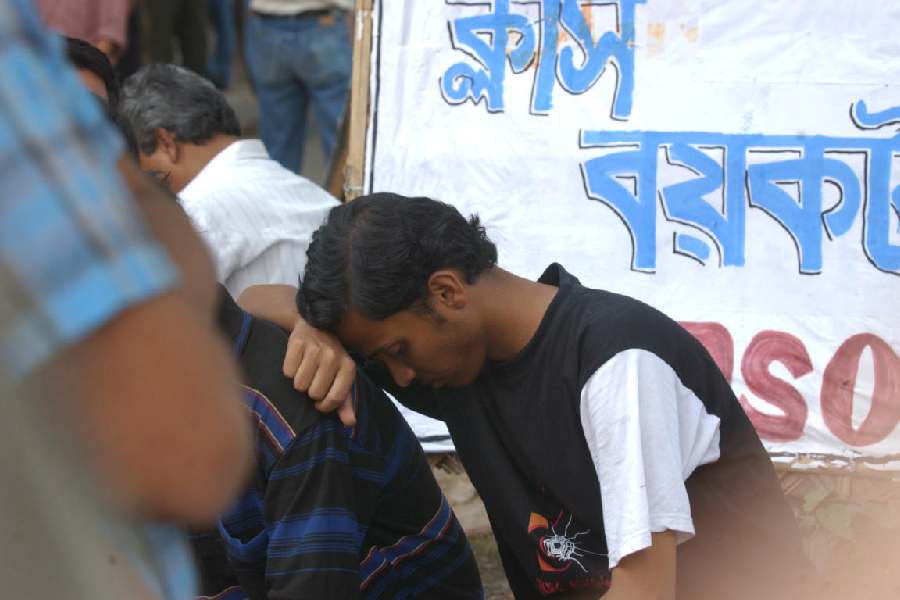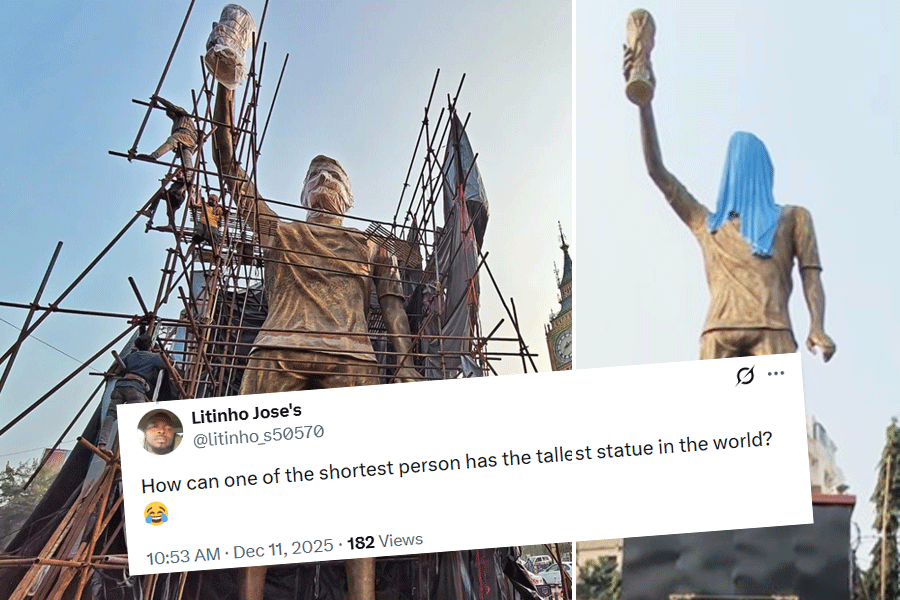Every year, some 13,000 students in India take their own lives, nearly twice the already disturbing number a decade ago. The first seven weeks of 2025 saw seven deaths in Kota’s coaching centres, plus two widely publicized ones elsewhere. Given the annual figures, the greater number are clearly never publicized.
Not all student suicides relate to studies or campus life. (Has anyone compared suicide figures for students and non-students of this age group?) Some cases result from personal issues like disappointed love or ill health. Many more are due to conflicts with parents and family, often for entirely private reasons. But here, the personal sphere starts to merge with the academic.
In all such deaths, we are overcome with sympathy for the bereaved parents. Yet the academic compulsions leading to disaster commonly start early in a child’s life, inculcated by the parents’ unrealistic ambitions on their offspring’s behalf. When many children so conditioned from infancy meet in school, it creates a hotbed of peer pressure intensifying over the years. Classmates are not friends: they are competitors. Flouting all professional principles, teachers commonly aggravate the process, or are themselves under pressure to do so by authorities pandering to the parental clientele.
Of the untold resultant damage, suicide is only the most extreme. Those who win the race, no less than those who fall behind, are scarred in countless ways, sometimes for life. There are different factors behind the stress and desperation of aspirants swotting to enter the system, new entrants just past the door, and those midway through the course. Each stage takes a toll that weakens the victim’s resilience for the next.
The educational order is crumbling as we watch. The 10+2 structure of the core schooling system has lost out to the IIT-JEE and NEET and now, it seems, to the Common University Entrance Test for general degree courses. Ghost secondary schools enrol students on the understanding that they will not attend classes but instead go to coaching centres for all-India admission tests. Those confining themselves from choice or circumstance to the board exams risk missing out on the great Indian dream. Yet those passing through those pearly gates are losers no less, forfeiting much else. Some remain happily oblivious of the loss. Others feel it at various levels — at its direst, destroying life itself.
Our educational planning embodies a warped value system. It is not hard to appreciate that education is a common good: society and the economy can flourish only if all citizens receive an adequate education. Yet aspiring India is committed to viewing education as a private good benefiting only the individual who receives it. This philosophy favours the galloping privatization of education, with colossal waste of untapped human resources among those who cannot afford it. At the individual level, it leaves every student frighteningly alone. If their careers benefit no one but themselves, why should anyone else care about them?
The word ‘college’ comes from the same root as ‘collect’. It basically means a group or community sharing a common purpose — here, the pursuit of knowledge. If knowledge is subordinated to individual success, there is no common purpose. In a disastrous development that India will come to rue, knowledge as such is being discredited. I do not say this from unreal intellectual idealism. Of course people want jobs after college, and most of them will look no further. But in the process, they acquire an awareness of the expanse of knowledge that lies beyond, while some explore that terrain all their lives. That foundational research is the cornerstone of a knowledge economy, a term trivialized by our planners.
Shared entry into the world of knowledge is or should be the binding force of a student community. So, of course, are shared co-curricular activities, hostel life, and simply time spent together. With whatever imperfections, this shared ambience was a reality in the now waning public university system — the only arena when Indian citizens shared a common agenda across social divides.
A young teacher at an elite private university was talking about the loneliness and alienation of her students, charting their solitary courses through the common curriculum, with inevitable problems of substance abuse and mental health. I have heard many such accounts. The malaise has spread to public universities, whose students are imbued with the same ethos but still more frustrated to uphold it in their languishing institutions.
This may explain a new savagery infusing the old evil of ragging, that classic cause of student suicides. It was repugnant enough earlier as a rite of passage, most prevalent in engineering and medical schools where entry was most prized. There now seems to be a new latent frustration in the seniors inflicting torture, a violence born less of entitlement than insecurity. They seek self-assurance by exercising brute power over their juniors, as they might over women or less privileged castes.
There is no easy remedy. Mechanical devices like fans from which one can’t hang oneself would be frivolous in another context. Counselling might be a palliative but is hardly a solution. Teachers might, indeed must, do more to reach out to their students, but they can manage only so much given staff-student ratios, the pressure of their own research, and all too often the burden of administrative work. Radical structural change is the only solution: in particular, rehabilitating the public university system and, within it, institutions run by state governments that are the only resort for the talented underprivileged. This year’s Union education budget raised the allocation for IITs still further beyond all other institutions. Our youth are being forced into a stampede to dance on the point of a needle.
Our education system magnifies the general malaise of our governance, to focus on publicity and the harvest of a few shiny low-hanging fruit while the rest rot or wither on the tree. Until we tend the whole grove, the nation will be starved of human resources, while countless youths die in spirit and some, heart-rendingly, in the body.
Sukanta Chaudhuri is Professor Emeritus, Jadavpur University










